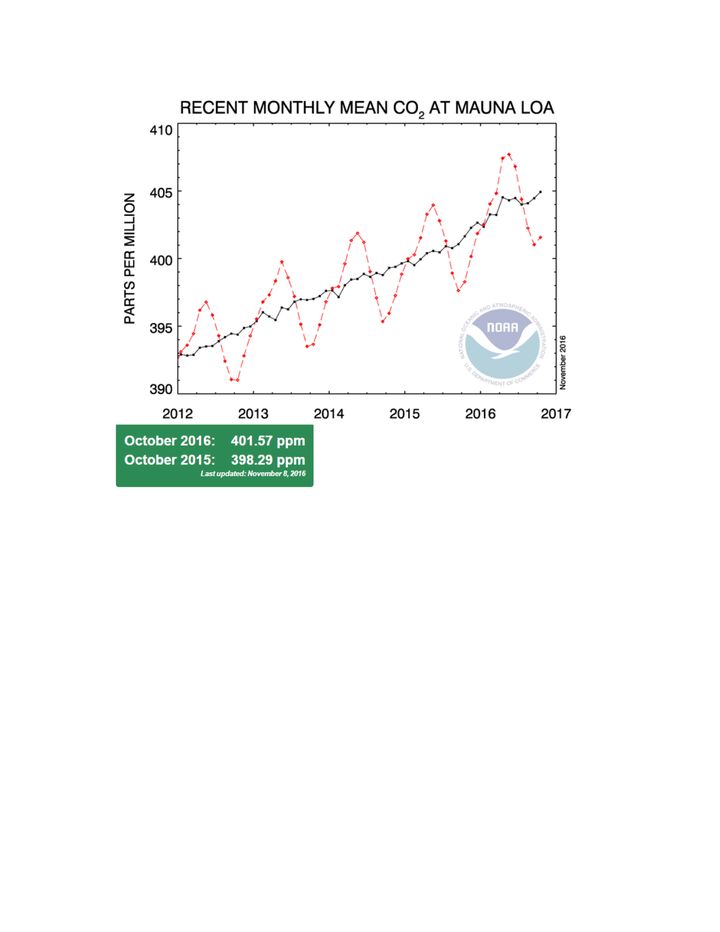I spent a few days with students in Environmental Science at California Lutheran University in Thousand Oaks. They are deeply concerned with the state of our planet and nature collapsing.
We talked about how the oceans are warming 1.5 to 5 times faster than the land and that all life is attempting to contend with rapidly rising atmospheric carbon dioxide from burning climate-altering fossil fuels.
In 1960, annual atmospheric carbon dioxide increased by 0.5 parts per million (ppm). Last year, carbon dioxide rose by 3.05 ppm. That is a six-fold increase. According to Dr Pieter Tans, leader of National Oceanic & Atmospheric Administration’s (NOAA) Global Greenhouse Gas Reference Network, human-made carbon dioxide is increasing 200 times faster than when Earth emerged from the last ice age.
Elevated atmospheric carbon dioxide is wreaking havoc by imposing droughts in the forests around the globe. Since 2010, in California alone, over 102 million trees perished from drought-induced water starvation and indigenous bark beetle epidemics. Tinderbox dry forests across the American southeast have resulted in unprecedented firestorms this week across eastern Tennessee. Eleven fatalities and over 700 homes and businesses were destroyed or damaged.
Since 2005, the Amazon has experienced three, one in 100-year droughts. Not only have billions of trees died, but also the forest’s ability to create massive daily rain clouds has been compromised. That means the rainforests reflective shield, that helps keep Earth’s temperature regulated, is declining as dead, burnt-over forests are absorbing more solar radiation, giving off more heat, which, in turn, contributes to a rising global temperature.
Heat waves are becoming more common and deadly. In 2011, a marine heat wave in the Indian Ocean, 2.5C above long-term average, killed almost 600 miles of kelp forests along Western Australia’s coast. There is no sign of recovery whatsoever.
According to Professor Marshall Shepherd, director of the Atmospheric Science program at University of Georgia, “Heat waves may be one of the primary climate change markers like home runs were in baseball.”
Droughts and heat waves are a lethal combination for both honeybees and food crops. My colleagues at McGill and British Columbia universities found that drought and extreme heat slashed cereal harvests between 1964-2007 in North America, Europe and Australasia by 19.9 percent.
Record-breaking heat waves and drought across Victoria, Australia in January 2013 prevented many plants from flowering. Beekeepers were forced to feed bees in the middle of the summer. Unprecedented. It was so hot, beehives melted.
Higher temperatures stress coral reefs, kelp forests, forests, animals, children, the elderly, pregnant women and our food crops. There’s only one way to obviate the forthcoming global food security crisis. Fossil fuel emissions must immediately be reduced until we attain zero emissions by 2050.
After next week’s examinations, the students that I spoke with are driving to the Standing Rock Encampment in North Dakota to spend Christmas with veterans and Native Americans protecting our planet.
#Resist
Earth Doctor Reese Halter’s upcoming book is “Save Nature Now.”

Atmospheric carbon dioxide concentrations have increased to a record of 3.28 parts per million from October 2015 to October 2016.
